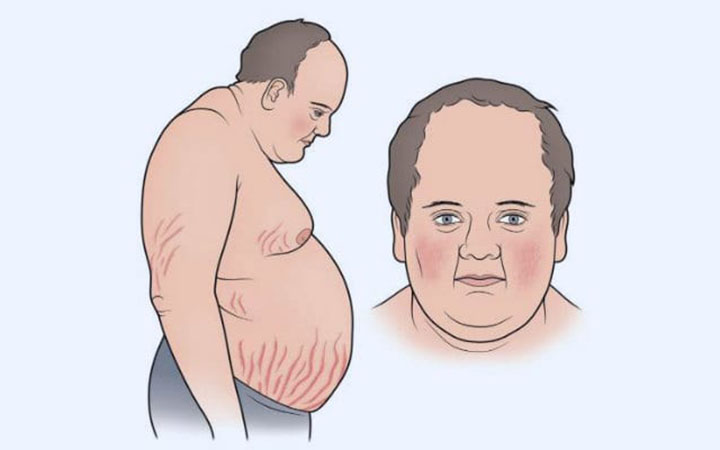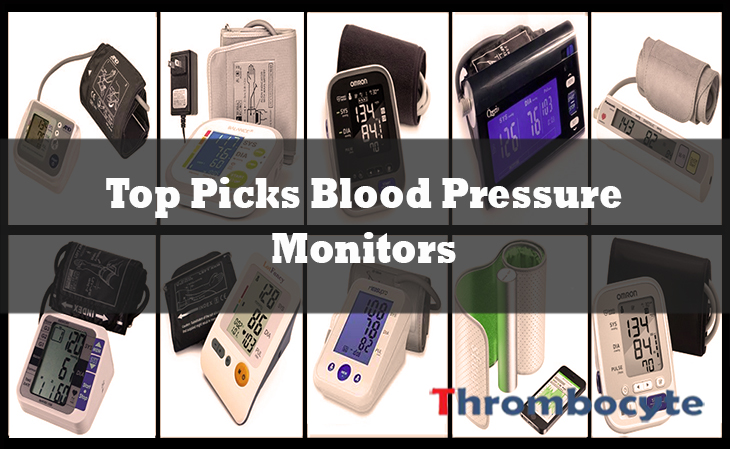Tumors, whether they are malignant or benign, will almost always cause problems. This is because tumors will push up and around existing bodily structures, altering the way those structures work. Most of the internal organs in your body are not meant to move around in the slightest and when they are forced to because of a tumor, the production of the organ can change significantly. For example, with Cushing’s Disease, a tumor pushes up against the pituitary gland, ultimately altering the amount of cortisol that the body produces. When your body produces too much cortisol, a lot of bad things can happen. When you are dealing with Cushing’s Disease, there are a few dietary changes that you will want to keep in mind.
Food & Nutrition Diet (Meal Plan) for Cushing’s Disease
#1 Recommended Breakfast Diet for Cushing’s Disease

Because of the unnatural levels of cortisol in your body, there are going to be several functions that do not work as they should within your body. Inflammation is one of these functions. In an oversimplified explanation, your body will not digest food properly when there is too much cortisol in your body since some areas of your digestive system are going to be inflamed. This means that you will want to focus on eating an anti-inflammatory diet and manage your body’s hormones when it cannot manage itself. For breakfast, this type of diet will include eggs and yogurt. Eggs are high in B vitamins and yogurt has the calcium that your body needs to function.
#2 Recommended Lunch Diet for Cushing’s Disease

For lunch, you will want to look at seafood. This is because seafood has the fatty acids and healthy fats that your brain needs to properly produce hormones. There are even many types of seafood that have B vitamins, calcium, potassium, magnesium, protein, or a combination of all these nutrients. The seafoods that you will want to pay most attention to is cold-water, wild-caught fish such as salmon and sardines. If you want to add some greens to your lunch, green and leafy vegetables have a high amount of B vitamins in them that you will want to benefit from.
#3 Recommended Dinner Diet for Cushing’s Disease

When it comes to dinner with Cushing’s Disease, you will have quite a few options. If you are still feeling up to eating seafood, then that is a perfect option. Otherwise, you will want to look at meats such as grass-fed beef and poultry. These foods have both the protein your brain needs to work as it should and the B vitamins needed to promote good brain health. As for the sides for your dinner, you will still want to look at leafy greens as well as beans, legumes, avocados, cashews, almonds, and walnuts. The leafy greens, beans, and legumes have calcium, potassium, and magnesium, which are all important for your overall health but especially so for people with Cushing’s Disease.
#4 Recommended Snacks Diet for Cushing’s Disease

For snacks, you are going to want to make sure that what you find is low in sodium and cholesterol. Nuts have higher amounts of fatty acids in them, making them better for your brain health. You will also want to be on the lookout for sugar in food as too much sugar isn’t good for anyone but can be especially bad for people who have Cushing’s Disease. This means that you will want to consider snacks such as trail mix that are designed to be high in protein and fatty acids while at the same time having low amounts of cholesterol and sugar.
#5 Recommended Drinks for Cushing’s Disease

There aren’t many drinks that are specially designed for people with Cushing’s Disease. This means that you should make sure that you are properly hydrated in healthy ways. By drinking enough water, you can easily get this done. However, juices with low amounts of sugar in them are also acceptable if you are looking for a bit of flavor in your diet. In addition to this, juices that have a good flavor can also be something that brings comfort and making sure that you have as few stressors as possible is important.
#6 Recommended Herbs for Cushing’s Disease

There are not many herbs that are specially meant for people who have Cushing’s Disease either. This is because the vitamins, minerals, and nutrients that people with Cushing’s Disease need are found in heavier foods, such as eggs and meats. Of course, there are some herbs that have been shown to help with anxiety and depression, which are both common symptoms of Cushing’s Disease. If you can find herbs that help with that, then this is a good thing. Raising your mood is an important step in the overarching process of recovery. There are also proven adaptogenic herbs that can help lower cortisol like licorice root and ginseng.
#7 Recommended Fruits for Cushing’s Disease

There are some fruits that you will want to keep an eye out for. Avocados have magnesium and potassium in them, making them one of the best fruits that someone with Cushing’s Disease could eat. Avocados also have fatty acids and healthy fats in them, both of which are crucial to brain health, making them an even better choice for people who have Cushing’s Disease. Apples, pears, and prunes all have fiber in them, which is good because you will need to keep cholesterol levels low when you are fighting off Cushing’s Disease.
#8 Recommended Vitamin/s for Cushing’s Disease

There are two specific vitamins that you will want to look at and one family of vitamins. The family of B vitamins all contribute to brain and mental health. Because the origins of Cushing’s Disease are in the brain, or more specifically, the pituitary gland, making sure that you take good care of your brain is a crucial part of handling Cushing’s Disease. You can get many of the B vitamins through fish oil, which will also provide fatty acids. You will also want to look at Vitamin K. Vitamin K is a vitamin that works with metabolism, among other things. Because Cushing’s Disease drastically alters your body’s metabolism, getting enough Vitamin K in your diet will help stabilize it. Vitamin K often comes from leafy greens, vegetable oils, and fruits. Vitamin D is needed so that your body can properly absorb other nutrients. Vitamin D isn’t typically found in food but most people get their intake of Vitamin D from the sun. Going outside regularly should be enough to increase your Vitamin D levels.
#9 Recommended Mineral/s for Cushing’s Disease

There are a few minerals, or rather, electrolytes, that you will want to consider when you are treating Cushing’s Disease. Calcium, potassium, and magnesium are the main ones. These are all natural muscle relaxers and are crucial to overall health. Without enough, you will suffer from high blood pressure, among other things, which is something that people with Cushing’s Disease need to be wary of. Thankfully, eating more leafy greens can help you get your daily intake of these electrolytes.
#10 Discouraged Foods for Cushing’s Disease

There are some foods that you will want to stay far away from when you have Cushing’s Disease. These are foods that have high sugar, sodium, and cholesterol levels. Because people who have Cushing’s Disease cannot process foods as other people do, blood sugar tends to run high. Having too much sugar in addition to that is just asking for trouble. The same applies to cholesterol as well. Sodium causes increased blood pressure and weight gain, which are both problems that people who have Cushing’s Disease struggle with. Eliminating these foods from your diet will make it significantly easier to manage the symptoms of Cushing’s Disease.
- READ MORE




